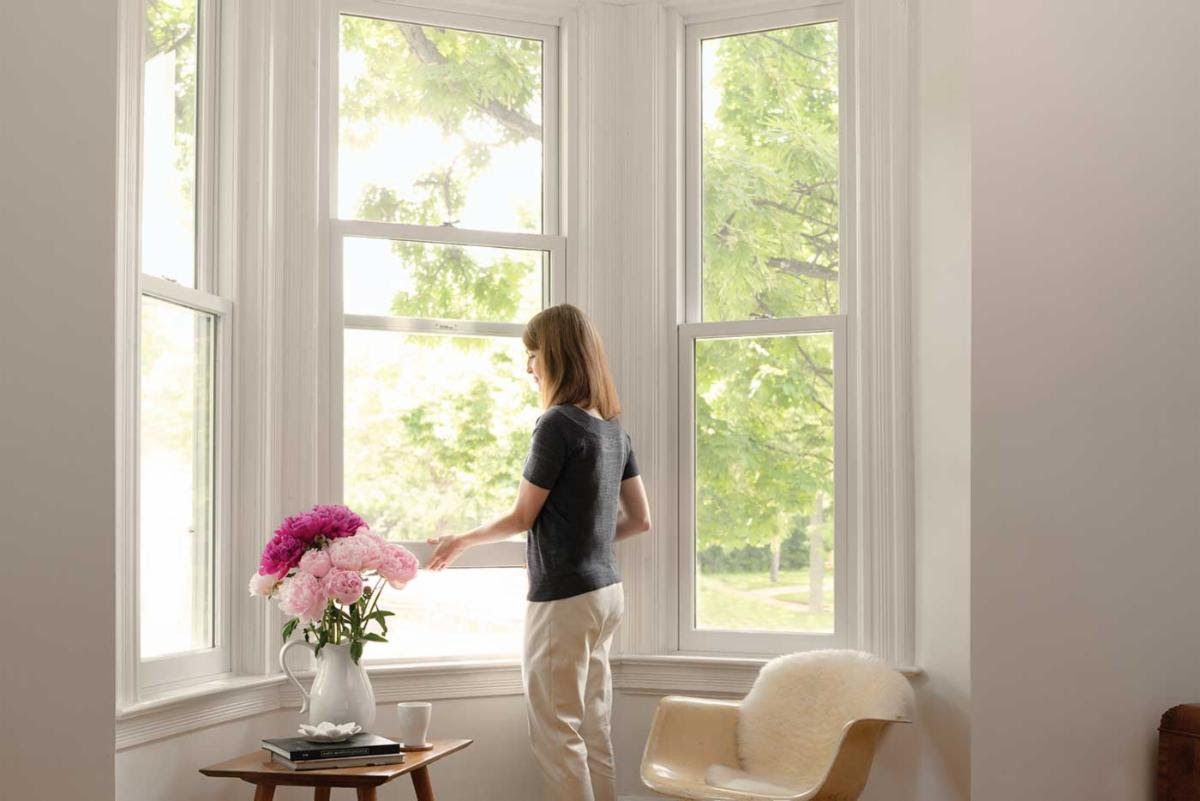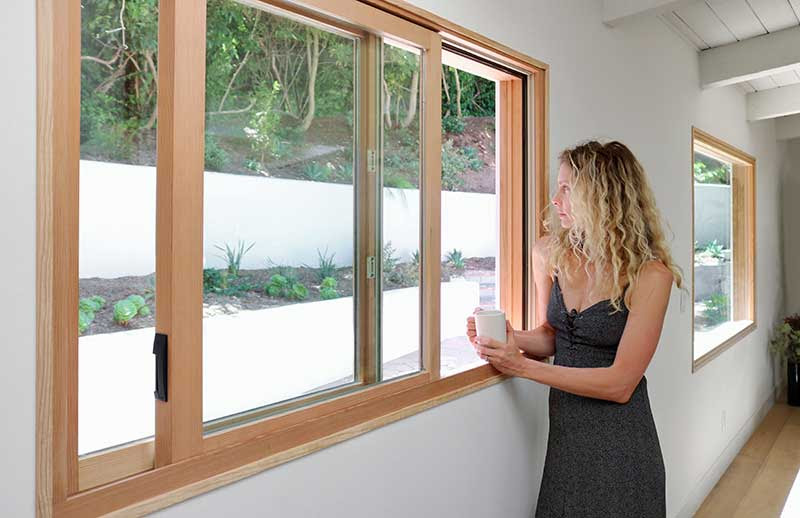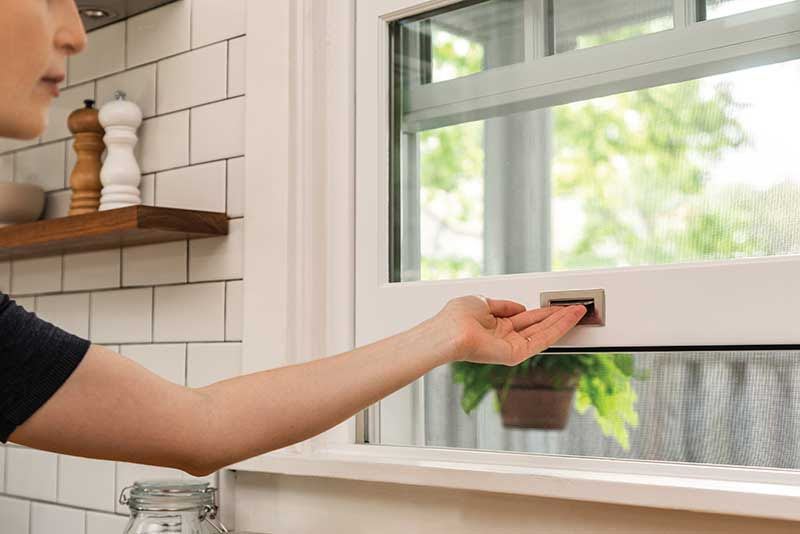We spend the majority of our time indoors. Find out why designing with the air quality of your home in mind can help impact your overall health and well-being.
When we spend time outdoors, we tend to forget how much fresh air is affecting us in positive ways. But what happens to us when we’re spending most of our time indoors? How can that affect our overall mood and health? To understand the science behind indoor air quality, we interviewed Eric Sun (Senior Manager and Air and Thermal Comfort Concept Lead, Standard Development) from the International WELL Building Institute.
“Do you ever feel drowsy and lethargic in a packed meeting room? That could be because there’s too much carbon dioxide from people breathing and not enough oxygen to keep people alert and active. Carbon dioxide is actually dangerous at very high levels.
Buildings without sufficient ventilation can lead to elevated carbon dioxide levels that cause fatigue, tiredness, headaches, dizziness and disorientation. It’s important to keep a balance of oxygen and carbon dioxide to keep people healthy and productive,” Sun said.
Thermal Comfort Can Contribute to Health and Well-Being

Thermal comfort is the condition of mind that expresses satisfaction with the thermal environment and is assessed by subjective evaluation. In other words, it’s the most comfortable temperature amongst everyone in a home or building.
“Thermal comfort greatly influences our experiences in the places where we live and work and it impacts individual levels of motivation, alertness, focus and mood. Unfortunately, perception varies amongst individuals and what is comfortable to some may be steamy for others.
We’ve also found that many heating/cooling systems in homes are not properly balanced. Air may not be properly sent to the right places. If you find your bedroom to be much colder than a common area, consider hiring a technician to test and balance your home,” Sun said.
VOCs and Their Impact to Homeowners

VOCs (volatile organic compounds) are chemicals normally found in the air as gases. “There are thousands of VOCs—some are harmless, but others are EPA classified carcinogens. Many harmful VOCs are used in renovation materials (paints, varnishes, sealants), furnishings (particleboard, foam), cleaners, fuels, and pesticides.
Some occur naturally and can be emitted from fruits and foods. These compounds can build up to unhealthy levels when there isn’t enough fresh outside air to dilute build-up and can be exacerbated by elevated heat and humidity,” Sun said.
As a homeowner, there are ways to help combat VOCs. Regular cleanings and controlling moisture can help keep biological contaminants like mold, dust, dust mites and other pests at bay.
“Places with high industrial activities and stagnant still air can cause a build-up of particulate pollution outdoors, which can find its way inside. Wildfires have also been increasing globally, and can generate smoke with unhealthy levels of PM2.5 pollution. Indoor sources of PM2.5 include cooking, burning candles, and low-quality vacuums without HEPA filters,” Sun said.
More Ways to Help Improve Indoor Air Quality

Fresh air brings renewed attitudes!
One of the easiest ways—and least expensive—is regular ventilation. As Sun said, “It has a huge impact on indoor air quality and it costs nothing. Opening windows 3 to 4 times a day for 30 minutes can help limit build-up of indoor pollutants.
Sometimes, the right combination of open doorways and windows can create a draft and ventilate even faster. If outdoor air quality is perpetually bad, you may want to limit ventilation on those bad outdoor air days. Definitely crack open windows and turn on range hoods/exhausts when cooking.”
He then states that upgrading your furnace filter to a higher efficiency one—MERV13 or higher—can help keep dust and pollen levels low in a home. Standalone air purifiers are even more efficient at cleaning the air.
Look at the CADR rating and technical specifications to make sure they’re adequately sized for the rooms they’ll be in. Filters work more efficiently in enclosed spaces, so keep interior doorways and windows closed when possible so they work faster. Cleaning on a regular basis also has an impact on air quality, especially with pets in the home. Use a vacuum with a HEPA filter.
Air quality and circulation are important factors for current homeowners who may be looking to purchase a new home as well. According to “Designing for Happiness at Home” a survey conducted by The Harris Poll on behalf of Marvin, 95 percent of homeowners agree air circulation is an important factor they consider when buying a home. And with more time added inside with working from home, it’s more important than ever to have a space that’s safe and healthy for your whole family.










